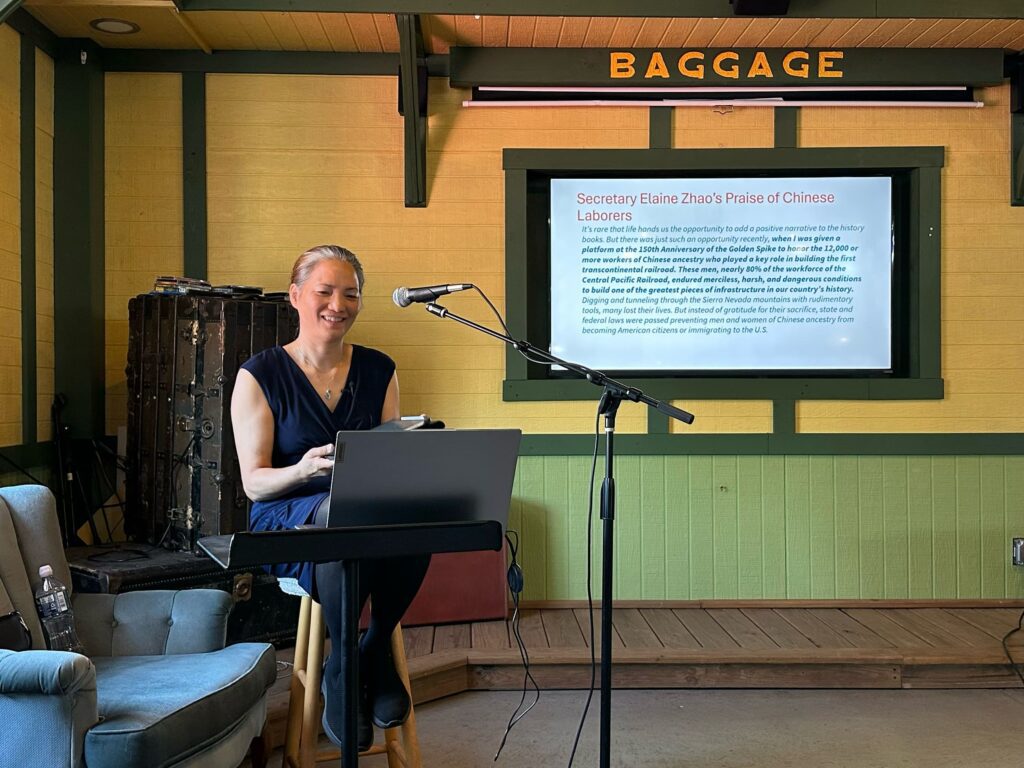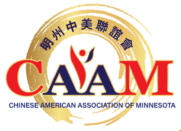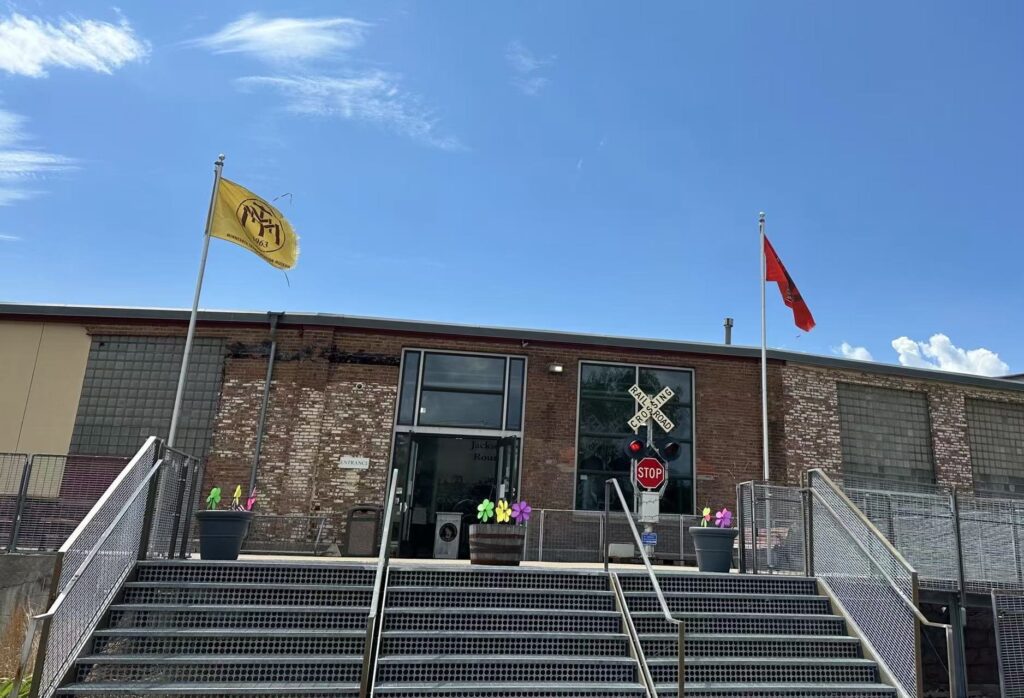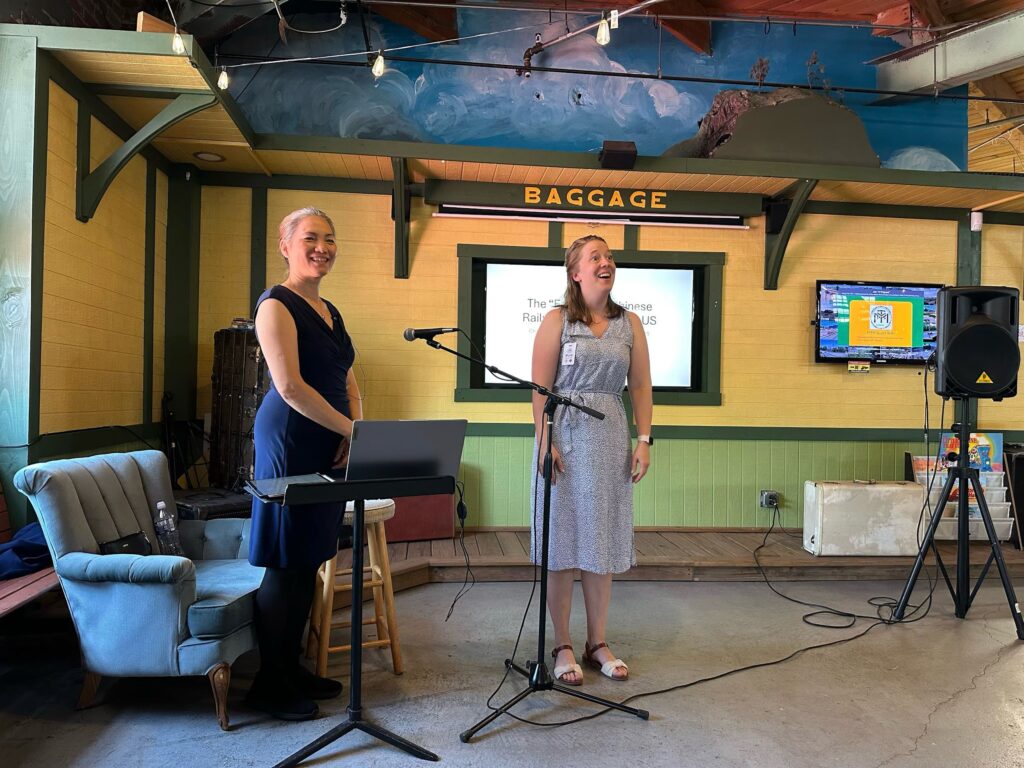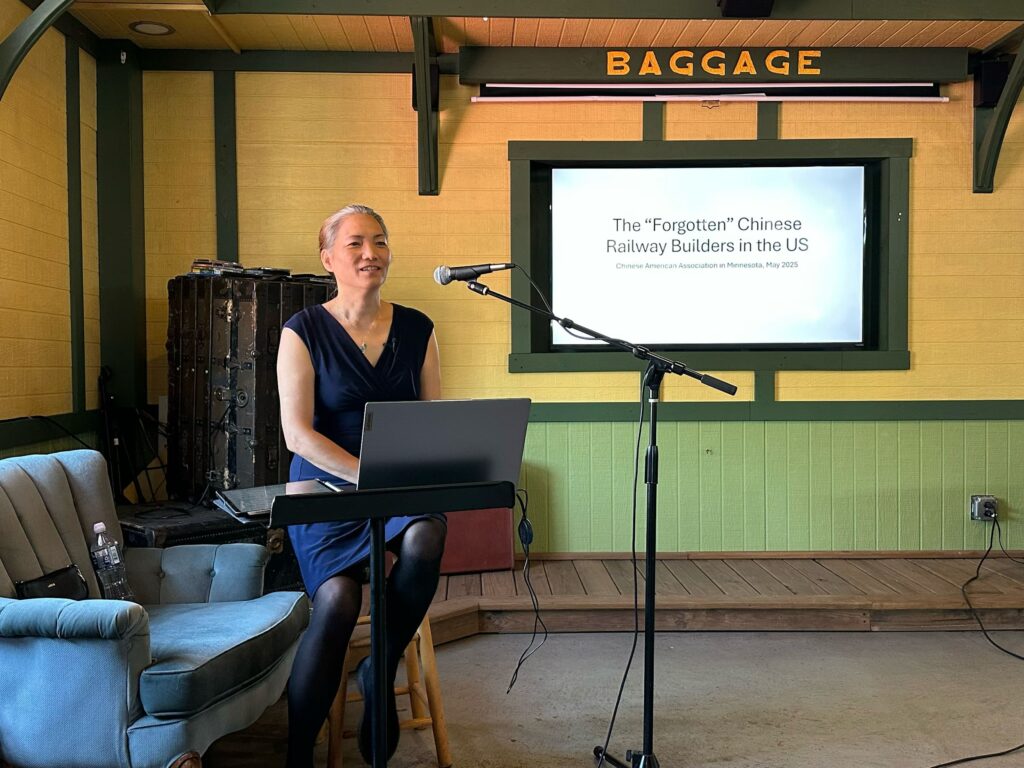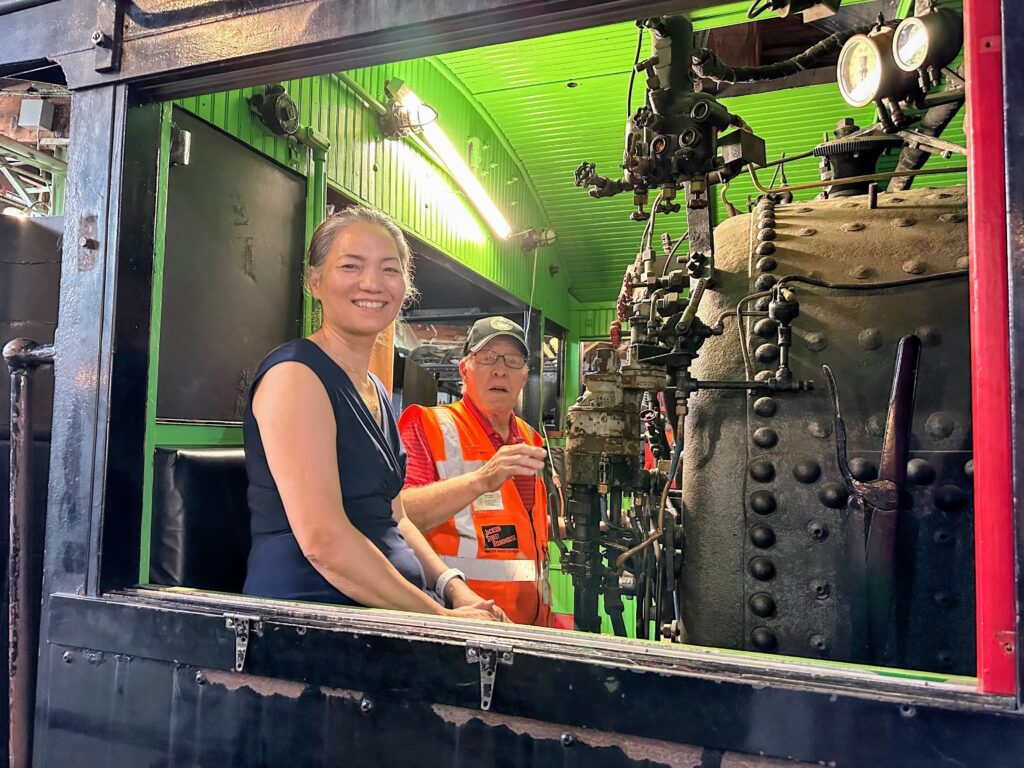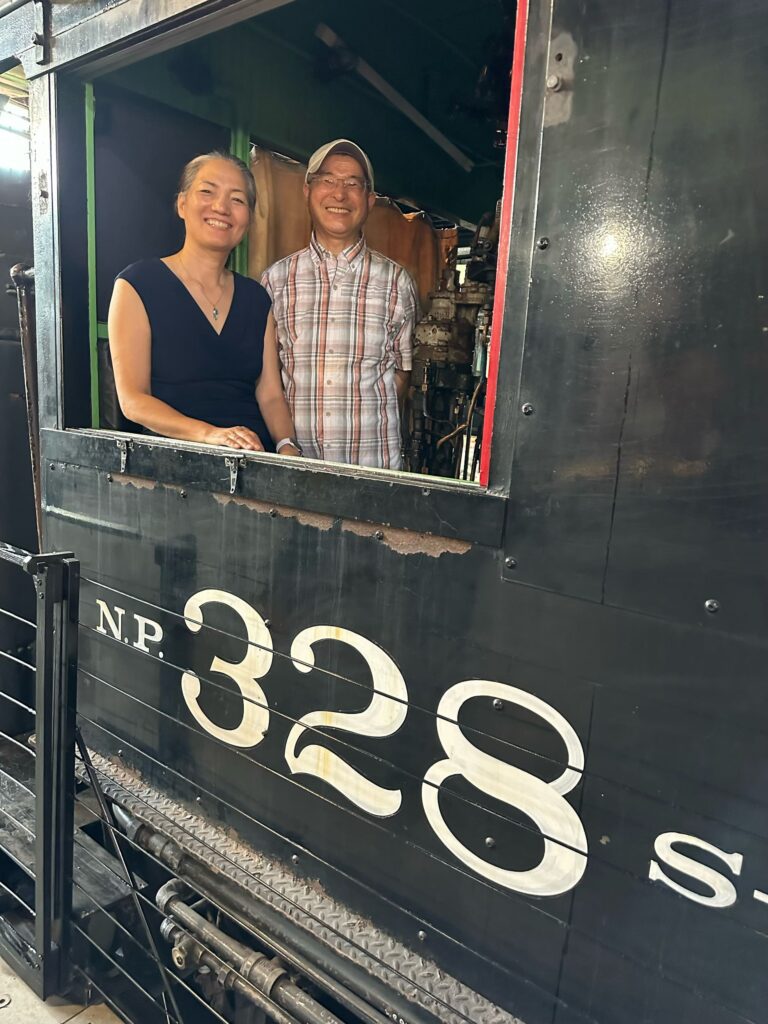St. Paul, MN – May 14, 2025 — As part of the nationwide celebration of Asian American and Pacific Islander (AAPI) Heritage Month, the Minnesota Transportation Museum (MTM), in collaboration with the Chinese American Association of Minnesota (CAAM), hosted a moving and educational Golden Spike Celebration at the Jackson Street Roundhouse. The event was part of MTM’s ongoing Lecture Series, which highlights diverse and often overlooked stories in American transportation history.
The featured program, titled “The ‘Forgotten’ Chinese Railway Builders in the US,” paid tribute to the more than 12,000 Chinese laborers who played a critical, yet historically neglected, role in constructing the Transcontinental Railroad. The visual presentation was researched and developed by Dr. Qiang Fang, Professor of History at the University of Minnesota Duluth and a board director of CAAM. Due to scheduling conflicts and travel to China, Dr. Fang was unable to attend the event in person.
In his absence, fellow CAAM board director Yanhua Wusands prepared oral notes based on Dr. Fang’s slides and delivered the presentation. Yanhua brought the story to life with historical insights and personal context, guiding the audience through the immense contributions of Chinese laborers who endured extreme conditions, low pay, and racial discrimination while building the most challenging segments of the Central Pacific Railroad. One of their greatest feats—laying 10 miles of track in a single day—remains a historic engineering achievement.
Despite their pivotal role, Chinese workers were excluded from the official photographs and recognition during the 1869 Golden Spike ceremony marking the railroad’s completion. The lecture emphasized the long-overdue recognition of these laborers, echoing the powerful message: “We built the railroad that built America.”
Following the presentation, Yanhua Wusands and Ping Wang, President of CAAM, engaged with the audience in a dynamic Q&A session. Questions addressed included:
- How many Chinese railroad workers came to or settled in Minnesota
- How many returned to China after their work was done
- The current population of Chinese Minnesotans
- The predominant occupations within the Chinese community in Minnesota today
- Key reasons that have drawn Chinese immigrants to Minnesota
- Whether Chinese international students must return to China after completing their education in the U.S.
As a special conclusion to the event, an elderly retired engineer, Mr. Gary, at the museum, moved by the presentation, self-volunteered to give Yanhua Wusands and Ping Wang a private tour of a steamboat located at the head of a historic train. With enthusiasm and pride, he demonstrated the mechanical controls and procedures, offering a rare, hands-on look into the inner workings of the vessel—an unexpected and meaningful finale to an already impactful afternoon.
Admission to the program was included with museum entry. This collaborative effort between MTM and CAAM stands as a meaningful recognition of Chinese railway workers and a valuable contribution to the 2025 AAPI Heritage Month celebrations.
